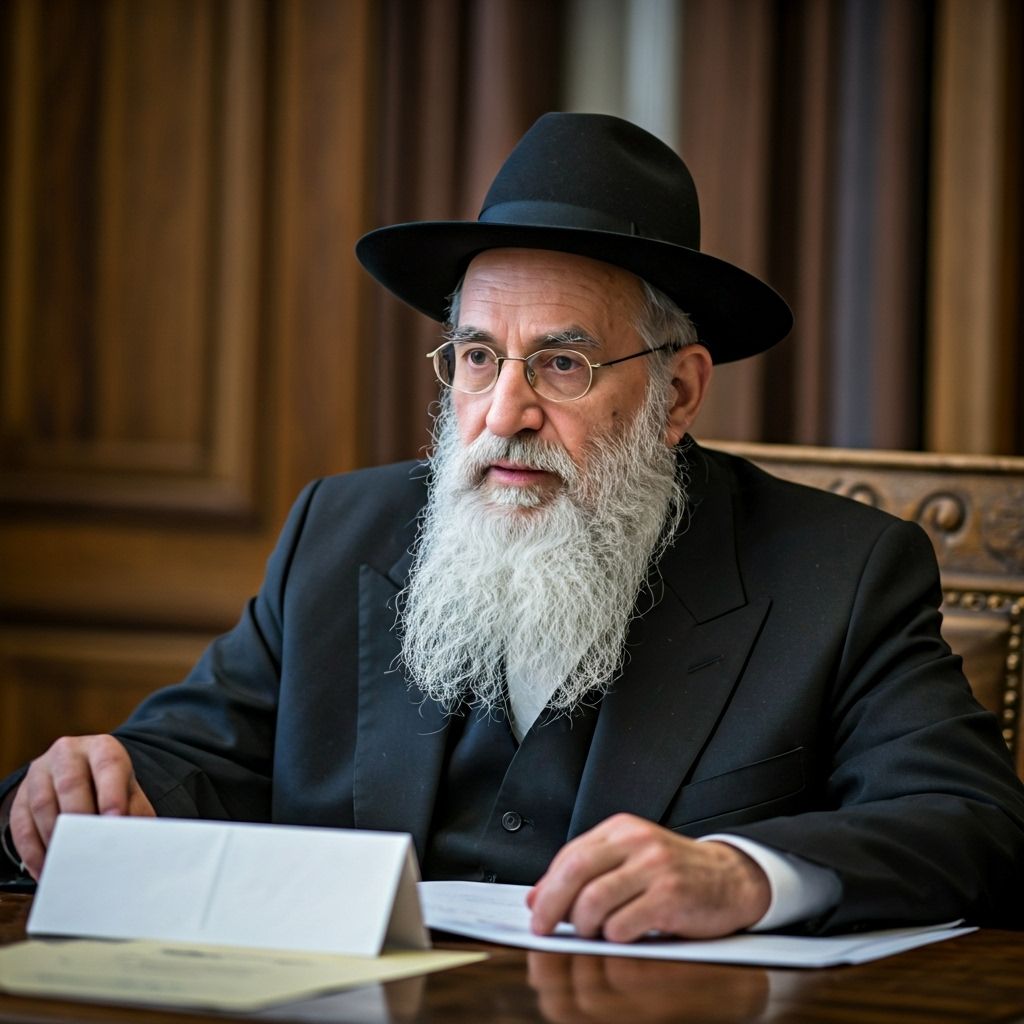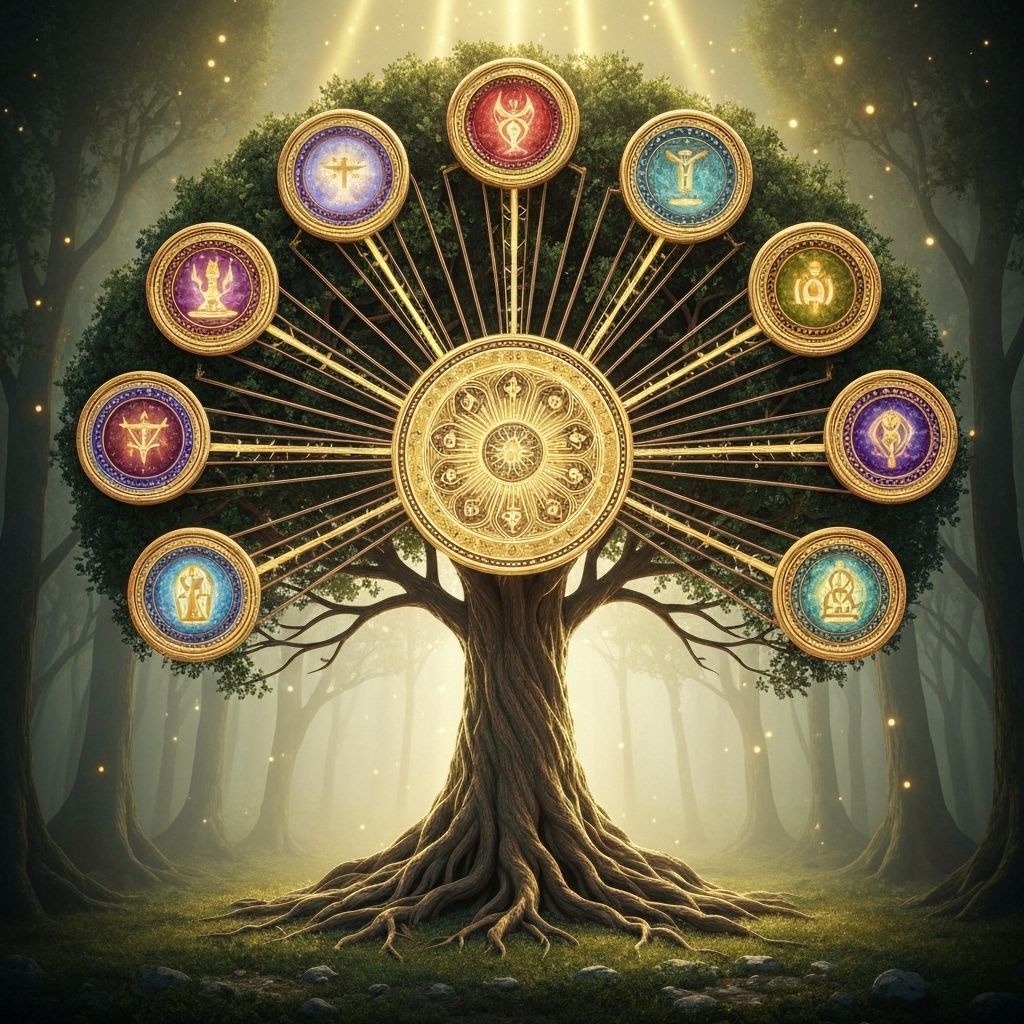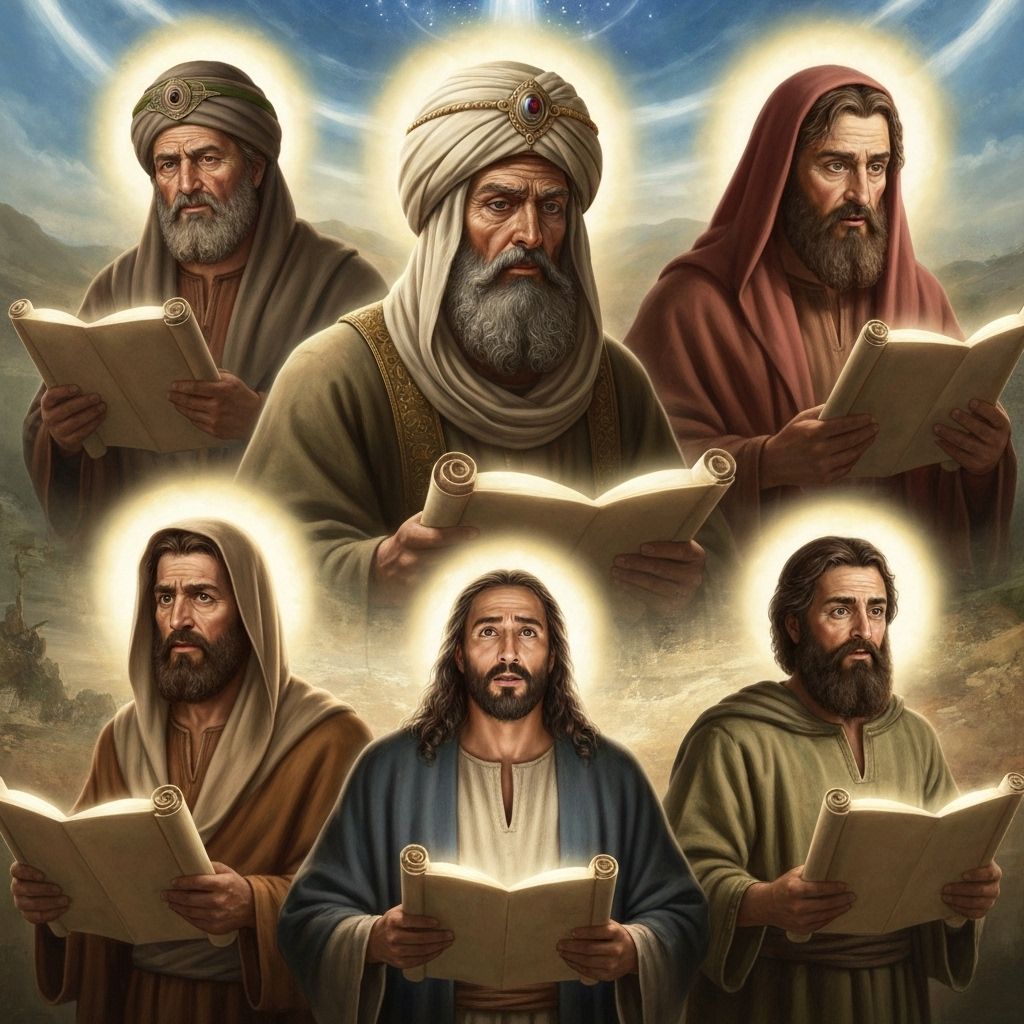3-Minute Summary
The Words of the Torah Explained with Help from Rashi and Ramban
Rashi (1040-1105) was a medieval French rabbi whose commentary on the Torah and Talmud is considered essential reading. His explanations focus on the plain meaning of the text and are known for their clarity and accessibility.
Ramban (1194-1270) was a Spanish rabbi, physician, and philosopher who provided deeper mystical and philosophical insights into the Torah, often building upon Rashi's work while adding his own profound interpretations.
Parsha Nitzavim ('Standing') marks a profound moment in Moses' farewell addresses. He gathers all of Israel - leaders, elders, men, women, children, and even the strangers in their midst - to renew the covenant. This inclusivity emphasizes that God's covenant is for everyone, regardless of social status or past behavior.
Moses reviews the blessings and curses that will result from obedience or disobedience, but introduces a revolutionary concept: repentance (teshuva). Unlike the ancient Near Eastern treaties that were permanent and unforgiving, the Israelite covenant allows for return and forgiveness. God will ultimately restore the people even after exile.
The parsha emphasizes that the Torah is not distant or impossible, but 'very near' - in one's mouth and heart. This accessibility democratizes religious experience and makes covenantal commitment a personal choice. Moses concludes by presenting life and death, blessing and curse, challenging the people to choose life.
Nitzavim transforms the covenant from a conditional treaty into a relationship of love and forgiveness, establishing the foundation for Jewish concepts of repentance and redemption.








